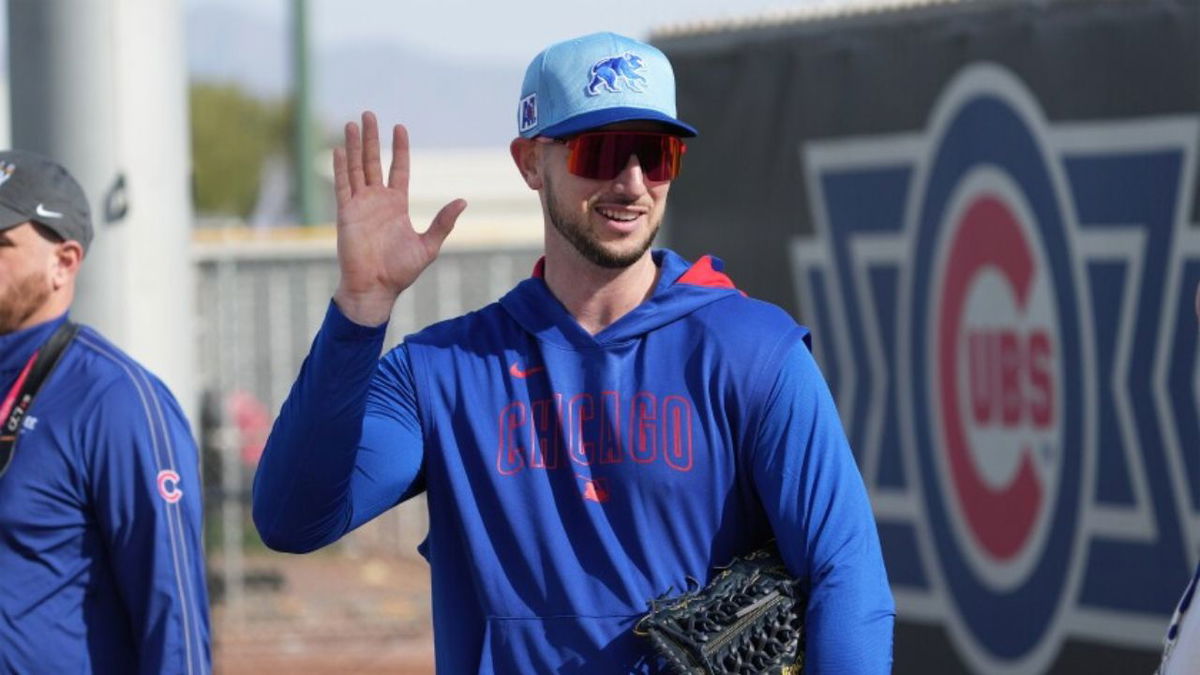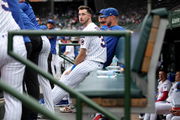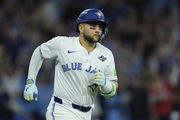
Imago
Credit: Imago

Imago
Credit: Imago
This offseason, the Chicago Cubs are at a turning point. Kyle Tucker, a talented outfielder who is about to become a free agent, is probably the best player the team could get to help them rebuild, but he is also the biggest risk. Tucker’s projected contract is worth more than $400 million, making him the most expensive free agent available this winter. This forces the Cubs to think about a basic question about how they build their roster and spend their money.
Watch What’s Trending Now!
This decision’s timing shows that Chicago has other important issues to deal with as well. The Cubs need to fill a lot of holes in their roster before the 2026 season starts. They need to get ready for Ian Happ, Seiya Suzuki, and Nico Hoerner to become free agents next winter. Dansby Swanson is already on the team and will keep getting older, which makes any big trades that happen now more important. These factors are all connected, which has led baseball experts to think about whether or not Tucker would be a good choice as a franchise cornerstone.
Kerry Miller, writing for Bleacher Report, articulated the strategic dilemma clearly. “Tucker is the obvious choice for this spot, in part because of what lies in store for them next winter when all of Ian Happ, Seiya Suzuki, and Nico Hoerner will be hitting free agency, and Dansby Swanson won’t be getting any younger,” Miller noted. The analyst pointed out that the Cubs have a proper choice: they can either give Tucker about $40.1 million a year for ten years, or they can spread that money out over several positions to make their roster more balanced.
ADVERTISEMENT

Imago
Credit: Imago
The New York Yankees are a tough opponent for Chicago to deal with. The Yankees have started to make plans around the outfielder Tucker, and they are also thinking about bringing back Cody Bellinger. Chris Kirschner, who knows a lot about the Yankees, says that Tucker is a better long-term choice than Bellinger.
Kirschner talked about Tucker’s consistency over five seasons and his strikeout rates, which made him a dominant partner for Aaron Judge. If the Yankees put money into Tucker, they could steal the Cubs’ main target, forcing Chicago to change its entire offseason plan and making management choose between overpaying or switching to other ways of building the roster.
ADVERTISEMENT
Cubs eye Dylan Cease to strengthen rotation while chasing Tucker
The Chicago Cubs have a lot to think about in getting Tucker in a competitive market, and their problems with building a good team go beyond the outfield. The rotation needs to be fixed right away, and one name has come up as a good way to improve the pitching staff without putting too much strain on the organization’s finances.
ADVERTISEMENT
Dylan Cease is entering free agency at the perfect time. The 30-year-old right-hander finished his second season with the Padres. Even though 2025 wasn’t great, he has the skills to get a lot of attention this winter. His 3.4 fWAR in what he thought was an off year was the same as Matt Boyd’s team-leading mark among Cubs starters, showing how valuable he is to any rotation. Bruce Levine of Chicago’s 670 AM sports radio said on October 25 that the Cubs were interested in Cease. This shows that the team is interested in him early on as free agency approaches.

Imago
Credit: IMAGO
The Cubs know that the rotation has some problems. Their pitching staff had 10.3 fWAR in 2025, which put them 17th in baseball. This number doesn’t include Justin Steele, who had Tommy John surgery in April and couldn’t play. The numbers make it clear that there is a problem.
ADVERTISEMENT
The Cubs have about $94 million in luxury tax space, so they can go after Tucker and make their rotation better at the same time. This two-pronged approach considers both hitting and pitching needs, which lets management make the team better without putting their long-term financial stability at risk or forcing them to focus on just one area, like pitching or outfield depth.
Top Stories
Kyle Tucker Hit With Blunt Reality Check as Blue Jays’ Next Offseason Move Revealed, Per Insider

Ross Atkins to Part Ways With 4 Players as Blue Jays Chase 25-Year-Old Nationals Star: MLB Trade Rumor

Bo Bichette’s Toronto Return Fades Fast as Blue Jays–Red Sox Face Fierce Threat From AL East Rival: MLB Rumor

Cody Bellinger’s Yankees Exit Confirmed as Brian Cashman Warned of Drastic 2026 Fallout, Per Insider

Hal Steinbrenner Warned Against His Tenure’s Biggest Embarrassment as Mets Near End of 1B Woes

ADVERTISEMENT
ADVERTISEMENT
ADVERTISEMENT

